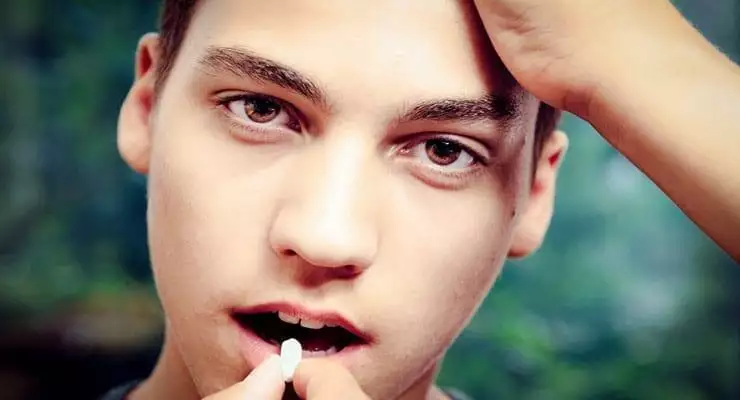The news that the artist and musician Prince died from an accidental fentanyl and heroin overdose is tragic. But the fact that a lethal ingredient commonly mixed with heroin killed Prince should scare, as well as sadden, parents. Any of our kids could die this way. The dangers lurk in an innocent place – our medicine cabinet. And quite often, it’s our fault the drugs are there.
The Centers for Disease Control reports that 75 percent of heroin addicts used prescription opioids before turning to heroin. Leftover pain medication is the “gateway” to addiction to street opioids, the combination of drugs that killed Prince.
Yet most parents don’t understand the risks of prescription pain medication.
A recent University of Michigan study showed that most parents don’t know what active ingredients are in painkillers, or how dangerous they can be. Addiction in its early stages is seductive and surprisingly subtle, and here’s how this pathway proceeds: Doctors prescribe pain medication, so parents blindly trust that they are safe, without recognizing the risks of chemical dependency and abuse. We let our kids take prescription pain medicine like antibiotics – unchaperoned, if you will. We keep leftover painkillers in our house, as if there were as harmless as vitamins or Tums. However, the most commonly prescribed painkillers – hydrocodone, Percocet, and oxycodone – are all semisynthetic narcotic opioids, manufactured with ingredients similar to heroin and morphine. In other words, these are extremely addictive, potentially deadly drugs.
What can parents do?
First, be aware of the seriousness of the problem, and how widespread opioid usage has become. More college-aged kids use heroin than smoke cigarettes. There’s been a 40% increase in heroin-related deaths since 2012. Ninety percent of first time heroin users are white, many are middle class, and most are in their 20s.
Heroin-related deaths outnumber motor vehicles fatalities, suicide, and deaths caused by firearms.
Experts say that prevention of prescription opioid abuse is straightforward: treat prescription pain medication as the powerful drugs they are. Monitor your children’s usage of pain prescription pills. Keep the pills in your possession, and give your child the proper dosage at the appropriate intervals. Explain to your children why you are treating pain medication as more dangerous, and powerful, than other medications. Safeguard your own pain medication carefully as well. Return all unused medications to your doctor or pharmacy for proper disposal.
As our children grow into adults, it’s tempting to assume we’re done with our job safeguarding them from life’s dangers. But as our kids grow up, hazards remain – and they are far less obvious than not wearing a seatbelt or having access to an unwatched pool. We can still prevent our kids from making some of life’s deadliest mistakes. Leaving leftover pain medications in your bathroom or kitchen is one simple way to help our kids avoid the risks of addiction.





